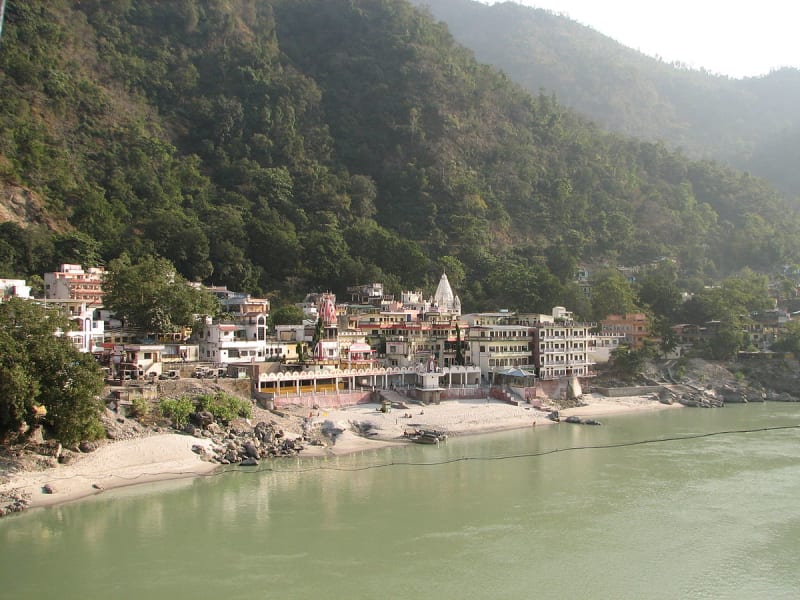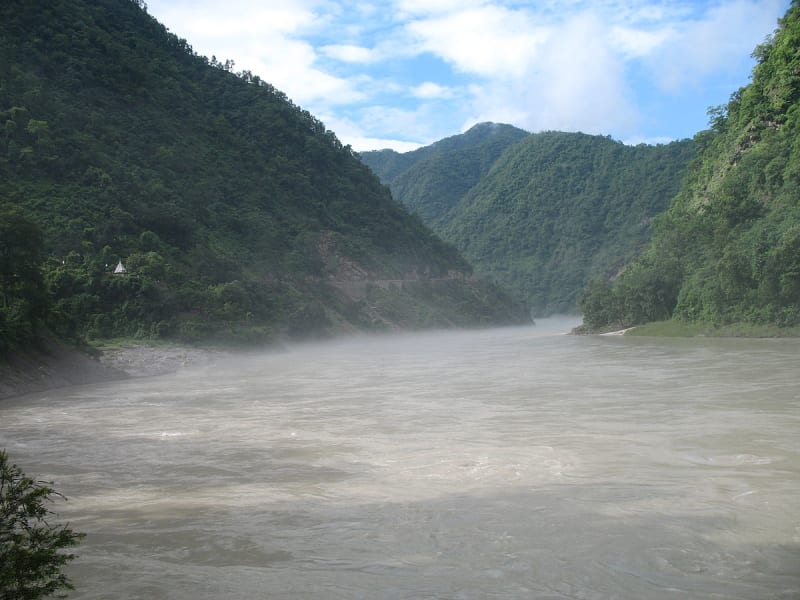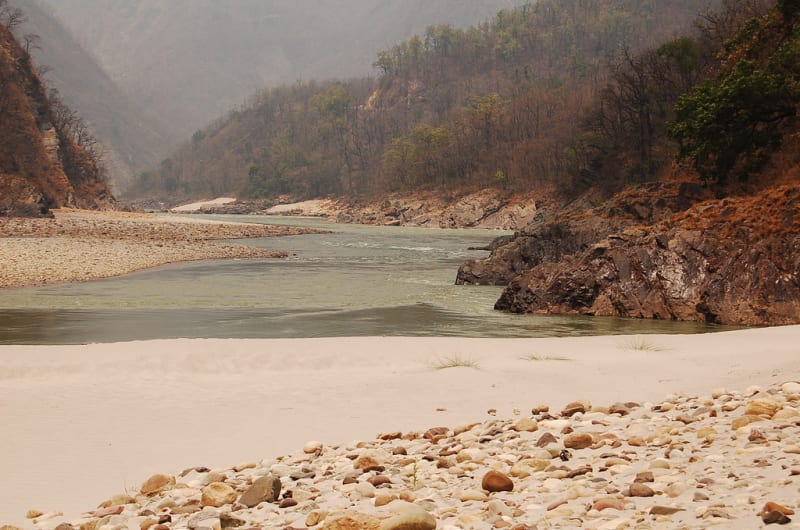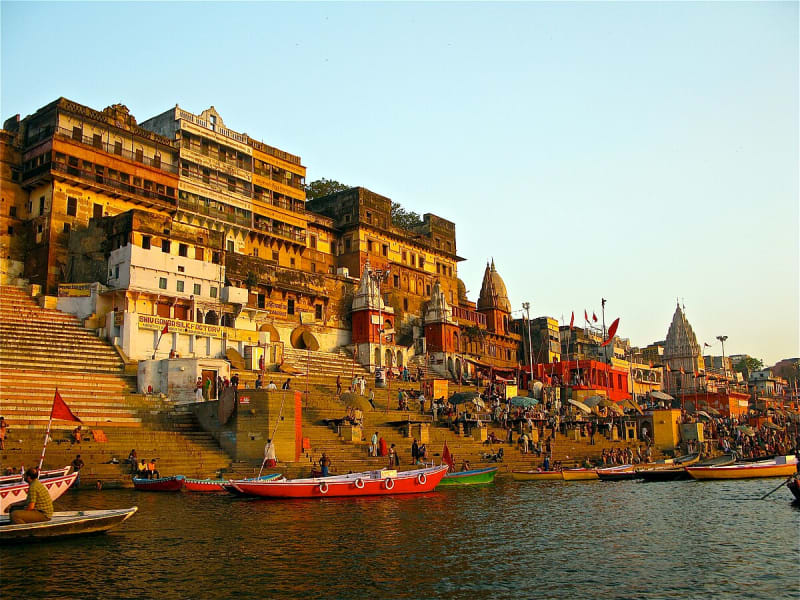Ganges River
The Ganges is one of the largest rivers in India, 2,700 km long. Ganges means river in Sanskrit.
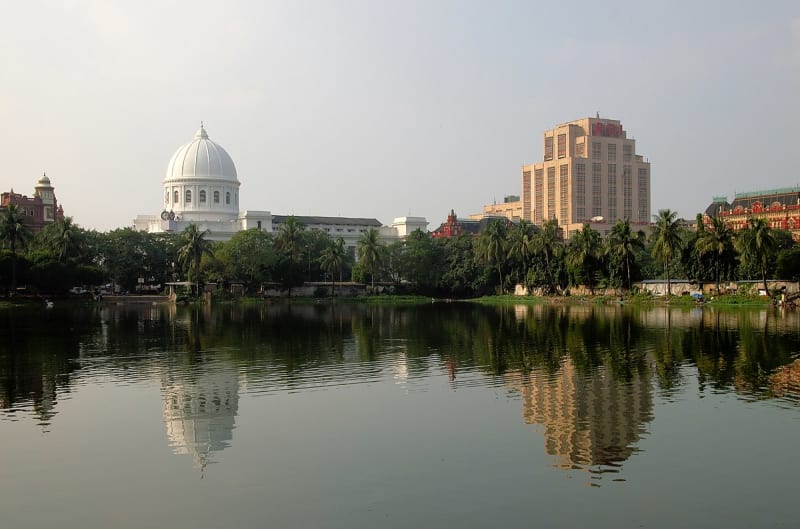
Ganges Facts and Legends
For more than 2 thousand years, the Ganges Valley has been the cradle of Indian civilization, the waters of the river nourish fertile soils, making it possible to feed a large population.
Since the beginning of Indian civilization, the Ganges has been considered a sacred river and is mentioned in Indian literature. There are many interesting facts associated with the Ganges, as well as myths and legends. One of the myths says that the Ganges was created as a result of washing the feet of the god Vishnu, who is one of the most revered gods of the Indian pantheon.
Bathing in the Ganges washes away human sins
Since ancient times, the Ganges has been considered the holiest of all rivers. The river is personified as the goddess Ganga, who is depicted with four arms riding a crocodile or dolphin. It is believed that bathing in the river brings absolution, good luck, as well as liberation from the cycle of life and death.
To achieve this, Hindus perform Kumbha Mela - rituals of mass pilgrimage to Hindu shrines located on the banks of the Ganges River. These are the cities of Gangotri, Haridwar, Allahabad, Ujjain and others. The whole embankment is like a kind of temple. Mass bathing in the waters of the Ganges becomes the culmination of the holiday, it symbolizes the purification of the soul and body. The number of pilgrims from all parts of the world is such that there is nowhere to fall on the banks of the river. It is said that over 30 million people performed ablution in Allahabad in just one day. Everything that happens makes an indelible impression on tourists who seek to come here to see an unforgettable ceremony.

Ganges as an honorary cemetery
Many people know that Hindus do not bury, but cremate their dead. Ashes are fluttering over the water. The waters of the sacred Ganges are the most desirable haven for any Hindu. Since India's population is very large - almost 1.4 billion people, each of whom dreams of finding their last refuge in the waters of the Ganges, crematoriums do not stop their work for an hour. At the holy place in Varanasi, the corpses of the dead lie in rows, waiting for their turn at the stake, as they did many centuries ago. Representatives of other religions are shocked by such a sight. And Hindus are just doing their duty, fulfilling traditions and rituals that must be observed in relation to their ancestors.
The Hindu religion does not allow the burning of corpses of cows, monks, pregnant women and children at the stake. Their "burial" takes place in a different way: a heavy stone is attached to the body, and it is lowered into the sacred water. Some of the dead are not completely burned because of the high cost of firewood. After a purely symbolic burning procedure, the deceased is also sent to the river, because the Ganges accepts the dead in any form.
Being on the banks of the sacred Ganges, you need to be prepared to see a body floating by. The most striking thing is that locals use Ganges water for household needs: washing, cooking, and even drinking it unboiled.
